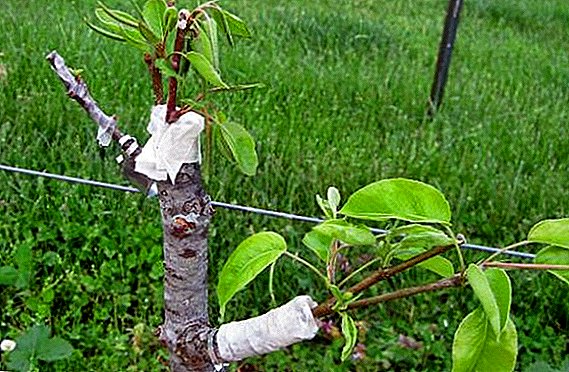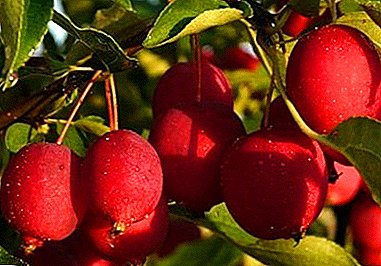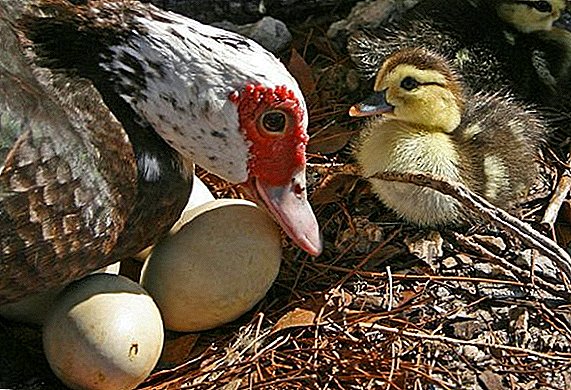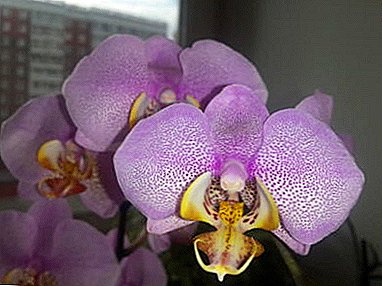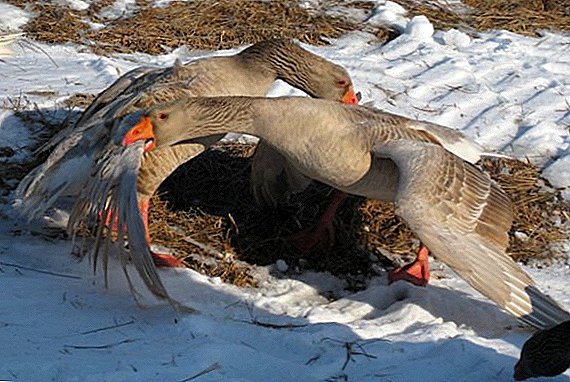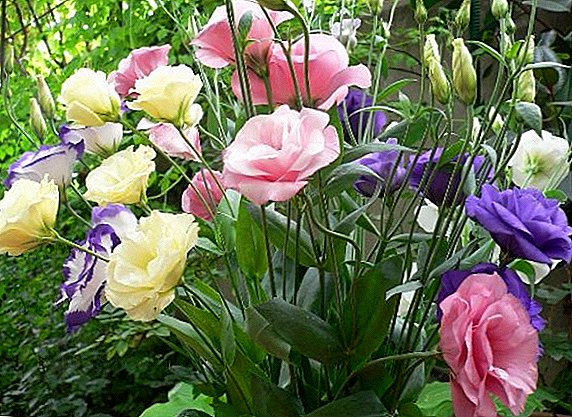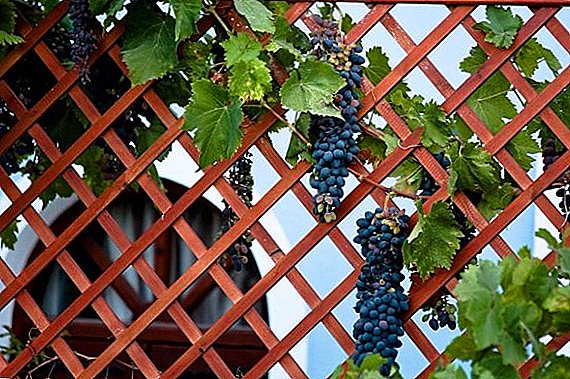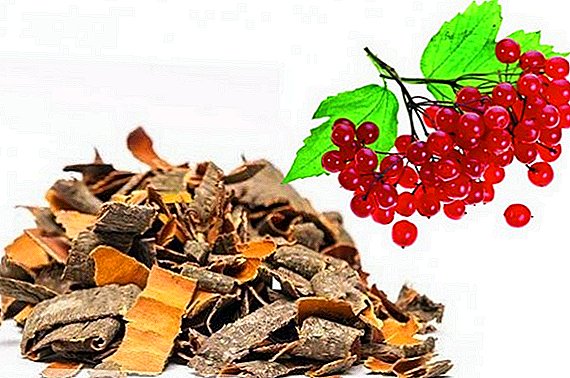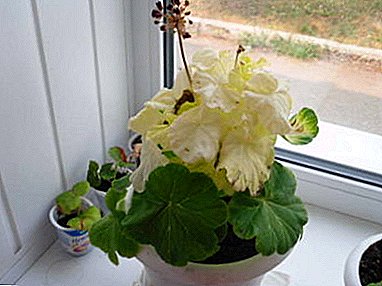
One of the most unpretentious ornamental plants known to most flower growers is geranium. Geranium attracts flower lovers with its bright appearance, as well as healing properties. But despite the simple care, it can be subjected to various diseases.
In this article, we will study the typical errors in the care of geraniums, which lead to the loss of leaf pigment, why they become pale green.
Features of the growth of indoor flower, including summer
Geraniums can bloom for a year if they receive enough light. This can be achieved by placing it on the south side of the apartment. Comfortable temperature for geraniums in winter is not less than 10 degrees.
To preserve a beautiful, lush crown, you need to regularly pinch new shoots, cut and remove faded inflorescences. In the fall, they carry out a thorough pruning of the plant. In the spring for active flowering you must pinch the top.
In summer, the plant needs plenty of watering as the land dries. Overflowing leads to soil rotting. There should be drainage in the soil for air circulation.
The optimal composition of the soil - a mixture in equal proportions of soil, humus and sand. Mineral fertilizers are best suited for feeding geraniums.
Why are the leaves white?
 Why does the color of the leaves brighten and they become pale? Like any plant, geranium reacts to a disturbance in care. In particular, due to prolonged exposure to elevated temperature, geranium leaves turn white. A change in crown pigmentation usually occurs in the summer.
Why does the color of the leaves brighten and they become pale? Like any plant, geranium reacts to a disturbance in care. In particular, due to prolonged exposure to elevated temperature, geranium leaves turn white. A change in crown pigmentation usually occurs in the summer.
The air temperature at the window on hot sunny days is many times higher than outside. Therefore, if the plant is located on the windowsill, it can get a heat stroke.
As a result, geranium leaves grow completely discolored leaves. Also, a healthy crown may gradually lose its color and fade. The whole leaf becomes colorless, or only its border. This is due to the fact that chlorophyll production is disturbed.
Why does the sheet plate become white?
Chlorophyll in the leaves ceases to be produced for several reasons:
- Lack of oxygen. Leaves fade due to lack of oxygen. This usually happens during the hot months. The plant is located in a place where air circulation is disturbed and it warms up above the temperature comfortable for the geranium. The exchange of oxygen in the plant is disturbed and it ceases to produce green pigment.
- Lack of light. Geranium light-loving plant. Lack of sun, natural light adversely affects the life of the plant. It also stops producing chlorophyll.
- Lack of iron. Leaves turn white due to lack of iron in the soil. In such cases, iron-containing fertilizers are used.
- Excess fertilizer. Excess fertilizer leads to a violation of the chemical composition of the soil. The plant is not able to assimilate healthy trace elements normally.
- Disease. Such effects can occur due to infection of a flower with various pests. Similarly, gray rot manifests itself.
What to do if the plant turns pale - detailed instructions
To return the leaves to a healthy look, you must follow these guidelines:
 First of all, it is important to ensure for the plant a sufficient supply of oxygen: remove it from the sun, ventilate the room, bring it to fresh air. After a couple of weeks you will notice that the bright leaves began to gradually come to life.
First of all, it is important to ensure for the plant a sufficient supply of oxygen: remove it from the sun, ventilate the room, bring it to fresh air. After a couple of weeks you will notice that the bright leaves began to gradually come to life.- To solve the problem of insufficient lighting in the summer, you need to make a flower on the sunny side or a balcony. However, avoid direct sunlight. They can cause burns and yellowing of the leaves. In winter, geranium can be illuminated with special lamps.
Important! Direct sunlight can cause plant leaf burns.
- To compensate for the iron deficiency, you can use special fertilizers. Some of them are entered on the sheet, which allows the active ingredients to get into the plant tissue within a few hours. Some are added when watering, but the effect will have to wait up to 3 days. If iron is present in the soil, but the plant does not absorb it, then it is necessary to improve soil drainage or transplant a flower.
There is a proven method for saturating soil with iron. Rusty nails are buried in the plant pot. The main thing is the presence of rust, which can be cleaned from rusty objects and added to the ground.
- In order not to overload the soil with top dressing, they must be used in strict accordance with the instructions. If the composition of the soil is already damaged, then it is better to replace it with a new one. New soil should be light, moisture permeable.
- When pest control is important to choose the appropriate drug. Multiple spraying and removal of infected parts will be required. If the treatment does not bring visible results, then it is better to get rid of the flower so that healthy specimens do not get infected.
Preventive measures
Prevention includes not only warning of the indicated problems. For best results prevention of leaf whitening should be carried out in conjunction with other supporting activities. Then the process of recovery of the plant will go much faster.
 Preventive measures include:
Preventive measures include:
- creation of optimal temperature conditions;
- sufficient lighting;
- ensuring normal soil moisture;
- drainage should prevent stagnation of water;
- creating a quality substrate;
- control in the use of fertilizers;
- regular inspections for damages, stains;
- removal of affected and dried areas.
To maintain the long flowering of geraniums, it is necessary to monitor the problems that arise in time. It is also important to take into account the general condition of the plant, which affects its resistance to various diseases. In order for geranium to please the eye for a long time, it is necessary to ensure its proper care. Then she will be able to quickly restore her vitality, and you will enjoy the lush and healthy crown of your pet all year round.


 First of all, it is important to ensure for the plant a sufficient supply of oxygen: remove it from the sun, ventilate the room, bring it to fresh air. After a couple of weeks you will notice that the bright leaves began to gradually come to life.
First of all, it is important to ensure for the plant a sufficient supply of oxygen: remove it from the sun, ventilate the room, bring it to fresh air. After a couple of weeks you will notice that the bright leaves began to gradually come to life.